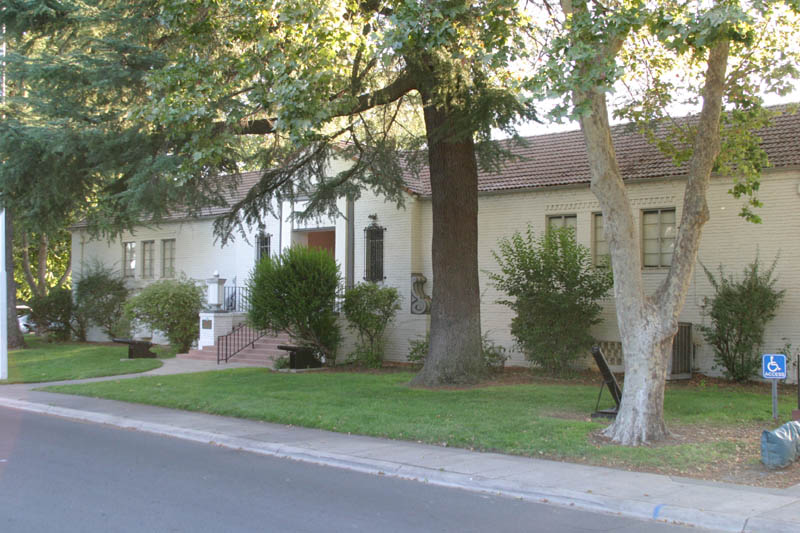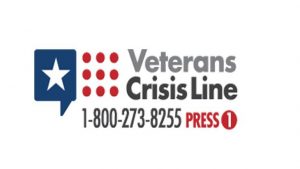
Roseville American Legion History
- The first organizational meeting for establishing an American Legion post in Roseville occurred on December 11, 1919. On December 18, 1919, the first regular meeting was held. The first election of Post Officers occurred in January 1920. The first permanent Commander elected to the office was Myron Lackey.
- The first public function was a big dance at Gordon’s (Eagle’s Hall) was held on March 21, 1920, and Elsie Janis’ performance at the Rose Theatre on March 22,1920.
- Roseville’s American Legion Post 169 Baseball Team played their first game on the new diamond at Royer Park on July 16, 1920.
- The formation of the American Legion Auxiliary Unit 169 was establish on April 3, 1921. The Auxiliary consisted of wives, daughters, and grandmothers of veterans.
- On November 11, 1922, the name of Roseville’s American Legion Post 169 was changed to the Alyn W. Butler Post in honor of the Roseville’s only battlefield casualty (KIA) in WWI.
- On May 1924, the Post chartered and sponsored the Boys Scout Troop 11.
- On June 1929, Royer Park was chosen for the site of a permanent post home to be known as the “Veterans Memorial Hall”. The cornerstone for the new Veterans Memorial Hall was layed on October 1929. Dedication of the Veterans Memorial Hall was on June 1930 before a crowd of 1,500.
- The first meeting at the new Veterans Memorial Hall was held on July 1930. Commander M. T. Mahan was Commander.
- In the succeeding years, the Post held many civic function, such as post dances, BBQs, July 4th Parades, Memorial Day remembrances, Veterans Day Parades, and other public, civic, and patriotic functions.
1930-1940
During the depression years, the post provided assistance to all veterans and their families in need. The post membership and auxiliary gathered food supplies and donations and delivered to the veterans’ families and to non-veteran families in need of assistance. The post held fundraisers in the form of breakfasts, dinners, and park BBQs. The local railroad community, Southern Pacific and the Pacific Fruit Express, donated many food items, materials, and man-hours to help. The American Legion was a backbone to the local area and an anchor to the WWI and Spanish American War Veterans.
1940-1945
In 1940, the local military bases were starting to plan and prepare for war. The news media was full of both the European and Asia battles. Our Government was arguing if we should or should not become involved. Our post established emergency committees to help defend against an attack that was sure to come. When war did arrive with the bombing of Pearl Harbor on 7 December 1941, our post implemented our emergency committees and plan. The post commander, Rueben Nelson (41-42) established the Civil Wardens Program and was one of the first to volunteer. Armed with helmets, whistles, and flashlights, these Civil Wardens walked the streets of Roseville to ensure that all the lights were either out or shades were drawn. Other Civil Wardens, usually the wives of wardens, such as Elizabeth Nelson, manned aircraft watch-towers at Camp Kohler. The post and auxiliary met almost daily from 0800 hrs to wrap bandages, knitted Army sweaters and made care packages for overseas troops. The ladies and older children met troop trains and gave out coffee and sandwiches to hungry troops on way to training bases or to debarkation points. Post members opened up their home for our troops to stay on weekend leave. In 1942, the famous Dead End Kids of movie fame arrived at Camp Kohler. Post Commander Rube Nelson brought them home on weekends. Through out the remaining war, the post maintained a close relationship with our troops and returning service men and women. The Alyn W. Butler Post 169 was cited for their outstanding war effort and for their support to out troops and veterans.
1945-1950
Following WWII, the post grew with the returning veterans. The fathers of our returning service men and women met them at the train station and presented them with an American Legion application. Most, if not all, joined. The Post’s war activities diminished as no longer being needed but was replaced with helping and supporting our returning veterans and service members, many needing both mental and physical assistance. Members of the post established car pools to transport our wounded veterans to and from our military hospitals. The post was very active in reestablishing the American Legion Baseball program along with Boys and Girls State programs. Boy Scout Troop 11, which was chartered by the Post in May 1924, continued to grow to be one of the largest troop locally.
1950-1955
In 1948, Korea was becoming a news item in our daily papers. In June 1950, North Korea crossed the 38thparallel and invaded South Korea. The United Nations imposed a war resolution on North Korea and once again our military went to war. And once again, the Post went into action. The post reactivated many of the WWII emergency committees and functions. Many of our WWII veterans were called back to active service and sent to Korea or to training camps to train new service members, both men and women. Our post helped the families cope and helped with emergency food, clothing, and medical supplies. The auxiliary again wrapped bandages and made care packages for our overseas troops. Troop trains again went through our rail yards. The post and auxiliary again stepped up and made sandwiches and coffee for our troops. Post members made trips to both military and veterans hospitals taking health and comfort items and to visit with the troops. The Armistice was signed to halt fighting but not the conflict. At the end of fighting in 1953 the post helped the returning Korean War veterans and their families to reestablish themselves in the community. The Korean veterans returned home without any parades or fanfare. Many of the post members and leadership were local and county businessmen who helped in anyway they could. The post once again was reenergized. Returning veterans were met and given an American Legion application. In 1955, one of such veteran, Sgt. Kathleen Nelson, USMC, the daughter of Rube Nelson, AL Commander of District 6 (Sacramento, Placer, El Dorado, Nevada, Yolo Counties) was handed an application by her father as she stepped off the train in Sacramento. Kathleen followed her father’s steps in the Legion.
1956-1960
The post continued to prosper. Membership maintained at 100% plus. The war emergencies were put on hold and life returned to helping our returning service men and women and their families.
1961-1975
Vietnam was the word of the day. The war became a political football with anti-war rallies and anti-veteran and anti-military sediments were in our papers and news media daily. The military draft was still in effect. Anti-war rallies were held at recruiting stations, military bases, and in cities around the country. Our post stood strongly behind our service members and again rolled out some of the post’s war emergency functions. The rail yard was active in shipping military supplies. Troop trains were no longer used. Almost every family had a family member in service. On return from Vietnam, the service men and women were not welcomed home. The anti-war people were disrespectful and antagonistic to most Vietnam returning veterans. As a result, most of the returning veterans were disillusioned and would not join a veteran’s service organization. However, our post membership held at 100% membership, but didn’t grow as in previous conflicts.
1976-2000
For the next 25-years, our post gained a few and lost a few members. Many Spanish American War and WWI veterans were passing at an increased rate. Our post was impacted as were other veteran service organizations. However, during these years the Vietnam veterans were starting to join our post. The war years seemed to pass with marginal impact, at least for the near future. Many of our post functions were slowly drying up. Our fundraisers were slowly declining. Member participation in post meetings fell drastically. In 1984, Kathleen Nelson Schance became post commander. She brought experience with her as a Post Commander of Post 389 in Sacramento. As a result, post participation started to grow to 20-25 members at our post regular meetings. American Legion Baseball was always a big item along with Boys and Girls State programs. As the cost of programs increased, more revenue was needed. Planning committees were established to investigate fundraisers and other post functions. Soon, the post started to hold functions and fund raisers to help boost the post financial account. During this time, the post was reenergized. Membership started to increase once again. Donations to VA hospitals and to veterans’ retirement homes were supported. In 1990, our country was once again in conflict—the Gulf War. However, this time, there was little demand for our Post to help support our troops and their families. We did, however, recruit some new members…
2001-present
The Middle East was once again in the news. On September 11, 2001, terrorist flew commercial aircraft into New York City’s twin tower buildings killing roughly 3000 civilians. The Pentagon was similarly attacked killing roughly 160 military and civilians. Another hijacked civilian aircraft carrying some 90 civilians and aircrew was heroically taken down by Americans who refused to let the terrorist fly the aircraft into the White House. We are now at war in Afghanistan and Iraq with our troops once again in harms way. To support our troops, our post members attended troop homecomings, National Guard departures and returns, present Blue and Gold Star Banners to service members’ families, attend local military funerals, and render military honors at veteran’s funerals. Our post will continue to support our active military and all veterans and their families. May God continue to bless our country and all who served.
How to join
If you have served federal active duty in the United States Armed Forces since December 7, 1941, and have been honorably discharged or are still serving – you are eligible for membership in The American Legion! Fill out the form here to join.

